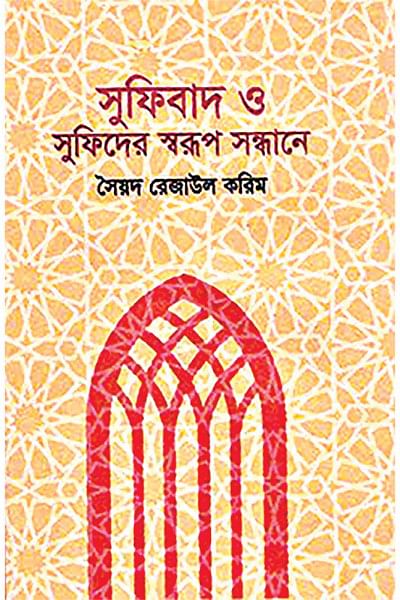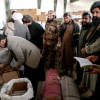A much-needed Bangla text on the history of Sufism

Sufibad O Sufider Shorup Shondhaney ('In search of the nature of Sufism and Sufis'), written by Syed Rezaul Karim and published in 2020 by Bangla Academy, is a welcome addition to the meager collection of books written in Bangla on Sufism. It is well known that Bangladesh is a predominantly Muslim country because of Sufi influences in its early history, yet books in Bangla on this subject are hard to find. Syed Rezaul Karim's is a product of research not by practitioners of Sufism or Islamic clerics but by a writer who has devoted two decades of his life studying and seeking to understand the concept and connotations of Sufism and the contours of the Sufi path of illumination.
In order to understand Sufism better, the author visited some of the places where celebrated Sufis were born, where they lived and walked the 'Sufi path of consecration'. In his search he travelled to Bistam, deep in Iran, where one of the early Sufi dervishes, Hazrat Abu Yazid al-Bistami (804-875 AD), was born and lies buried. Karim also visited the cradle of the Khorasani school of Sufism from the 10th to the 13th century in Nishapur, Iran. His quest to see and "feel" the Sufi path took him to Konya in Turkey where the great Sufi poet, Mowlana Jalaluddin Rumi, lived and practiced Sufism.
Karim draws up a kaleidoscopic picture of Sufism based on his research, such as the study of some of the earliest books written by Sufis themselves, including the 10th century's Tasaruuf by Kalabadi, and the 11th century's Risala by Abu'l Qasim Abd al-Karim bin Hawazin al-Qushayri and Kashf al-mahjub by Ali Ibn Uthman al-Hujwiri. Rumi's Mathnawi and Divan and Fariduddin Attar's Conference of Birds are frequently quoted to explain and enlighten the different dimensions of Sufism. The picture that emerges has some reflective characteristics. Sufism emanates from Islam and its esoteric knowledge. A Sufi is endowed with great moral character, a pure heart, and a life clad and concealed in material and spiritual poverty. The outward patched garment of a Sufi is symbolic: they walk on the twin path of self annihilation and of abandoning the material world. The goal is to attain Marifa—knowledge of God. A Sufi's constant companion is Zikr, which is "remembrance of God for the love of God".
The book under review is divided into 16 chapters including such titles as "Sufism—a pen picture", "Identity of a Sufi", "Pillars of spiritual transformation", "Marifa", etc. There is a chapter on Sharia, Tariqa, and Haqiqa delineating the relationship between the three systems of the religious path. It also narrates the historical development of Sufism from the early period of Islam and its spread and influence in Bengal. One of the fascinating Sufi characters that is dealt with in the book is the enigmatic and spirited Mansur al-Hallaj (born 858 AD), whose ecstatic and wild utterances led to his death on gallows on charges of blasphemy by conservative rulers. Yet another chapter comments on Sufi music exemplified in Mowlana Rumi's Sema, the whirling dance; another chapter looks into the role of women in Sufism.
The profuse use of poetry by Rumi, Attar, and other Sufi poets has made the reading of the book a pleasure. Anyone interested in Sufism and on Sufi masters will find it a rewarding experience.
Nasim Firdaus is Secretary, Ministry of Foreign Affairs (Retd) and President of Bangladesh Alliance for Women Leadership.
The book is available at Bangla Academy Library. For more book-related news and views, follow Daily Star Books on Facebook, Instagram, Twitter, and LinkedIn.

 For all latest news, follow The Daily Star's Google News channel.
For all latest news, follow The Daily Star's Google News channel. 








Comments